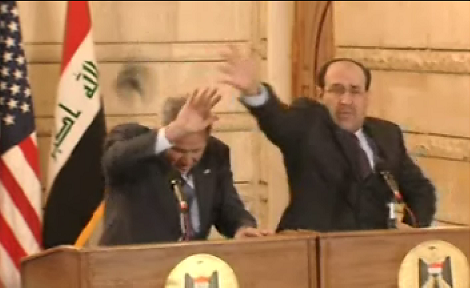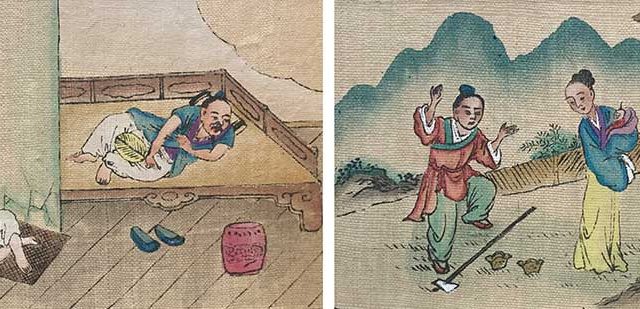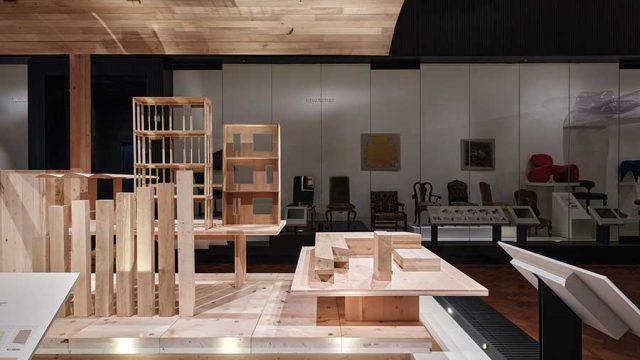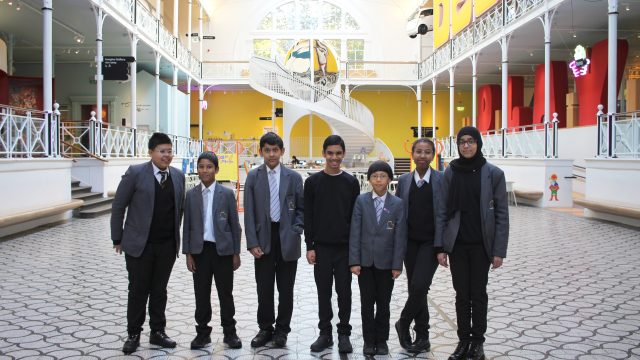The V&A’s forthcoming Disobedient Objects exhibition challenges the image that many people have of what museums contain and what they are for. However museums can and sometimes do engage with social and political events happening in the world around us. The following are four recent instances of this.
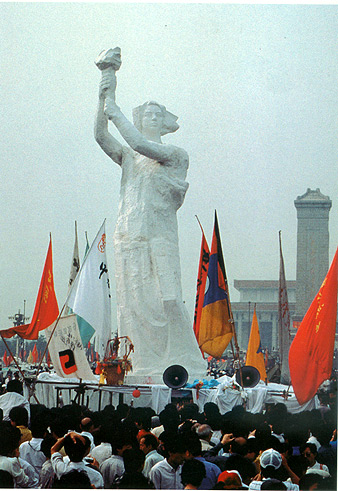
This June marked the 25th anniversary of China’s violent crackdown on pro-democracy demonstrators in Tiananmen Square. Even though the death toll is believed to range from 400 to 800 civilians , any commerative references to the massacre in Mainland China is still strictly prohibited.
The June 4th Museum opened in Hong Kong, China this year to counter the Chinese government’s censorship. In addition to it’s exhibitions, featuring information on the Tiananmen Mothers and a replica of the goddess of democracy, the museums hopes the USB memory drives sold in their gift shop, containing uncensored images and information of this event, will be smuggled into mainland China.
Follow the link to hear an interview with the June 4th Museum’s curator, conducted by the WSJ
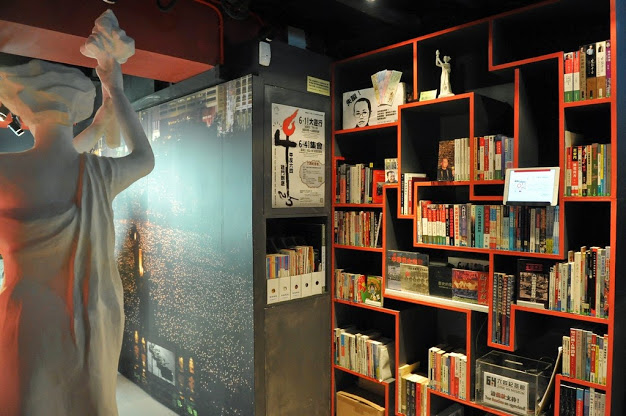

Lufsig, the stuffed wolf
Lufsig , a stuffed wolf manufactured by Ikea, became a cultural and political phenomenon in December 2013. Lufsig – pictured above holding Little Red Ridding Hood’s grandmother – rose to prominence when the stuffed wolf was thrown at Hong Kong politician CY Leung. Long before the Lufsig incident, CY Leung earned the nickname ‘the wolf’ for his political style, pro-mainline China stance and his name’s similarity to the pronunciation of the Chinese character for wolf.
Pronounced in Cantonese, Lufsig can be re-articulated into a profanity. However, it loses this meaning in the context of Mandarin, the dialect of mainline China. After the Lufsig incident, members of the public around the world posted pictures with the stuffed wolf on social media.
Lufsig was acquired by the Victoria & Albert Museum’s Contemporary team as part of its Rapid Response Collecting strategy and will be on display at the V&A from 4 July onward. As Curator of Contemporary Product Design Corinna Gardner explained in a past blog post, Rapid Response Collecting is about, ‘paying attention to objects that shape, and are shaped by, how we live together in the 21st century.’

Posters and Artifacts from the Maidan
In the immediate aftermath of the mass uprisings in Ukraine, several cultural organizations are endeavoring to collect, preserve and display the artifacts from the Maidan. The Maidan acted as Kiev’s main protest camp during the mass uprisings in Feburary 2014, which led to the removal of former President Viktor Yanukovych.
These efforts include The National Art Museum of Ukraine’s recent exhibition of 500 artifacts associated with the struggle, including several outlandish and opulent items belonging to Yanukovych, fount in the presidential palace. The National Art Museum made news last February in its desire to acquire a trebuchet, a handmade wooden catapult used by protestors. Since then curators like Ihor Poshyvailo, deputy director the Ivan Honchar Museum, have had the city’s blessing to go out and collect objects of the struggle like hand-painted banners and make shift shields.
Other efforts to preserve objects and posters from the Maidan include the initiative to establish a Maidan Museum, which is also urging protestors to preserve their objects.
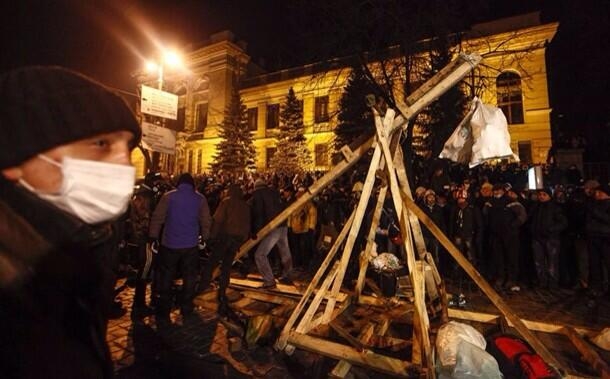
Shoes thrown at George W. Bush
Iraqi journalist Muntadhar al-Zaidi made global headlines after throwing his shoes at U.S President George W. Bush in a 2008 Bagdad press conference. A particularly stinging protest of disrespect in the Arab world, al-Zaidi’s accompanied his shoe throw by proclaiming ‘This is a farewell kiss from the Iraqi people, you dog.’
Security was so stunned by al-Zaidi’s actions in the controlled environment of a press conference, that he was able to throw the other shoe before they intervened. Muntadhar al-Zaidi’s actions were celebrated by opponents of the Iraq war, and sparked a rise in other shoeing protests around the world.
In this aftermath, Ayatollah Ahmand Jannati called for the shoes to be placed in an Iraqi museum, stating they were ‘more valuable then crowns.’ Perhaps understanding the significance of simple objects in well-timed acts of protest, United States security forces destroyed the shoes when ‘checking for explosives’.
